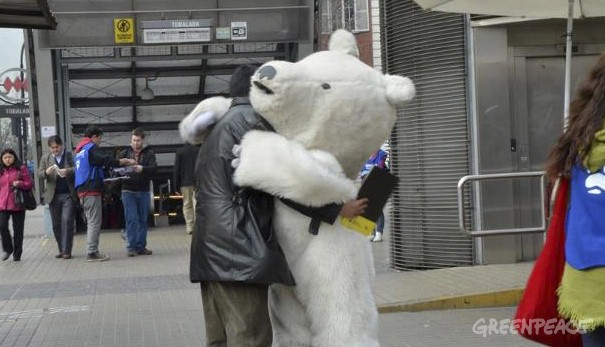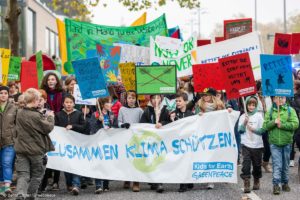It’s nearly impossible to sum up a year — especially in a field moving as quickly as technology and social change.
But among the 80 articles we published this year to analyse, learn, and share lessons in mobilisation and people powered campaigning, a few stood out.
Here are some of our most read and shared articles from 2012 — our first full year of operation, and a year when most everything went mobile, big data was in the news, and people-powered campaigns received big attention.
Check em out, share with colleagues, and please let us know what you want to hear about in 2013!
And be sure to take a look through photos, stories, tweets and more that capture people-powered actions to protect the planet in 2012. We tip our hat to colleagues at Greenpeace International for their work on this project.
How were people working together to mobilise for positive environmental change in 2012? Let’s find out!
Stories of People Powered Change
“How Big is Yours?” campaign empowers 665,000 people to protect Mediterranean fisheries (Case Study)
We take a deep dive into how Greenpeace Mediterranean mobilized people in Turkey and beyond to stand up for the little guy (the little fish, actually). This long-term, multi-channel campaign engaged over half a million people to change behavior and policy.
Greenpeace Spain integrates data and mobilisation to push campaign power to people
In Spain they’re integrating databases, reshuffling teams, and giving citizens more resources to run campaigns. The new mobilisation has been a long bumpy ride but worth it, we found.
Secret Agents power citizen science, help protect Lebanese coast
Needing a vast effort to chart pollution along the Mediterranean coast, the Greenpeace Lebanon team engages supporters in secret missions to gather data and build public support.
Greenpeace USA empowers students to drive campus campaigns
We’re seeing more organizations transfer campaign power from the halls of their offices to the streets of those most affected. Greenpeace student chapters are given the ability to run with their own ideas – with good results.
Integrated teams in action: stories from Argentina
The staff at Greenpeace Argentina have changed their structure and ways they work together in order to create stronger people-powered campaigns. We shared some of our conversations and learnings from them in these interviews.
Record-breaking street team recruitment in Chile: teamwork trumps departments
How did Greenpeace Chile get over 100,000 signatures on the street to save the Arctic? By breaking down silos and saturating media for starters.
Social media engagement for the win: Lessons from Greenpeace Brasil’s growth
In 18 months, Greenpeace Brasil grew its audience on Facebook and Twitter from next to nothing to nearly one million. Find out how it happened and the work that goes into keeping people engaged in GP Brasil’s campaigns.
Innovating and Learning about Mobilisation
How NGOs win with Facebook: Better engagement in five easy lessons
Our friends at Capulet Communications researched over 1,000 Facebook posts from 20 leading nonprofit organizations and found five key lessons in those that received the most engagement and sharing.
The power and responsibility of social influence data
Data is one of the big stories of 2012 and we suspect you’ll hear even more about it in 2013. Last June we wrote about the power granted by data and responsibility that organizations must use in wielding that power.
Values, story and strategy: Breaking down why Invisible Children’s Kony campaign hooks people
About 10 months ago a 30 minute video from Invisible Children took the world by storm. The Kony 2012 video now has over 95 million YouTube views. The video and underlying policy strategy has been the source of debate yet it offers campaigners several lessons about shared values and storytelling as Greenpeace’s Anna Keenan explained here.
Your location could save the world
Smartphone use is rising fast around the globe and with it comes innovation in location-enabled apps and services. We spent some time exploring what this means to campaigners.
Top ten tips in email writing from organisations changing the world
Email might not save the world but you’re going to use email if you’re running a campaign, right? We gathered email secrets from MoveOn, GetUp, Avaaz and other top mobilisation campaign groups.
How network analysis tracks stories and builds stronger campaigns
Last Spring, Greenpeace USA launched an attention campaign last Spring around the release of documents related to the 2010 Gulf of Mexico oil spill. Upwell, a PR firm for the ocean, did deep tracking of how messages were shared in blogs, news articles, and social media. They shared their network analysis findings to help improve future communications campaigns.
Three trending innovations in mobilisation from Greenpeace and its allies
With our partners at the Engage Network, we heard from global campaigners about three promising trends in mobilisation.



